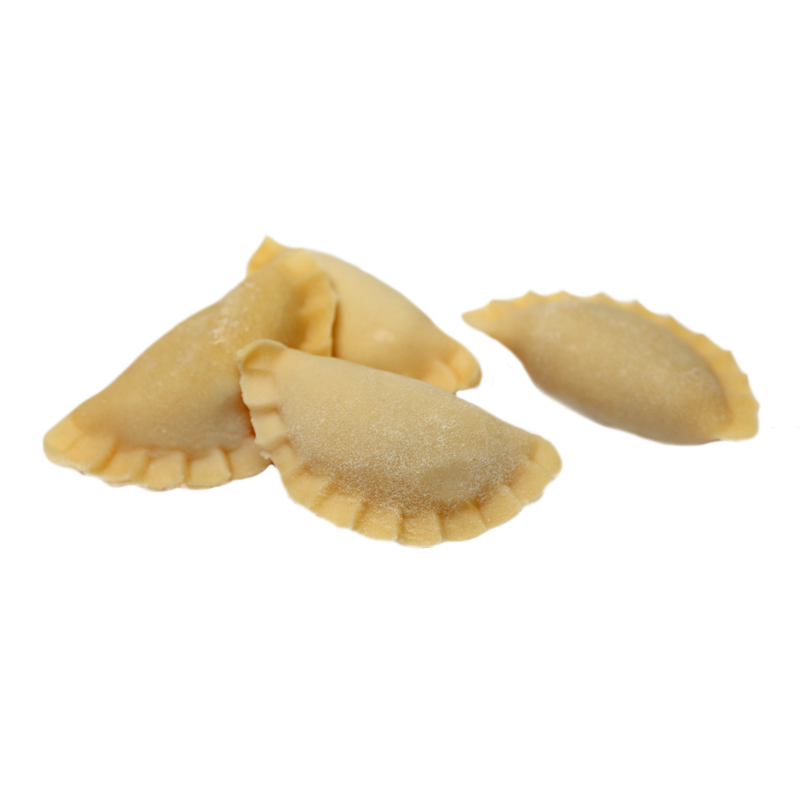
This image has format transparent PNG with resolution 800x800.
You can download this image in best resolution from this page and use it for design and web design.
Pierogi, vareniki PNG with transparent background you can download for free, just click on download button.
Pierogi are filled dumplings of Central European origin. Made by wrapping unleavened dough around a savory or sweet filling and cooking in boiling water. Pierogi which consist of noodle dough and have to be cooked in boiling water are associated with the Central and Eastern European kitchens where they are considered national dishes. Their variant varenyky are popular in Ukranian and Russian cuisine. Pierogi are popular in West Slavic (Polish, Slovak, and Czech), Hungarian, East Slavic (Belarusian and western Ukrainian), some Baltic (Latvian and Lithuanian) and other Central and Eastern European cuisines, where they are known under their local names.
Typical fillings include potato, sauerkraut, ground meat, cheese and fruits. The dumplings may be served with a topping, such as melted butter, sour cream or fried onion, or a combination of those ingredients.
The origins of pierogi are disputed. Some legends say that pierogi came from China through Italy from Marco Polo's expeditions. Others contend that pierogi were brought to Poland by Saint Hyacinth of Poland, who brought them back from Kiev (the center of Kievan Rus', nowadays the capital of Ukraine). On July 13, 1238, Saint Hyacinth visited Ko?cielec, and on his visit, a storm destroyed all crops; Hyacinth told everyone to pray and by the next day, crops rose back up. As a sign of gratitude, people made pierogi from those crops for Saint Hyacinth. Another legend states that Saint Hyacinth fed the people with pierogi during a famine caused by an invasion by the Tatars in 1241. Yet another legend that holds that pierogi were brought by the Tatars to the West from the former Russian Empire, it has been said that in the 13th century, pierogi had first arrived on Polish territories. None of these legends is supported by the etymological origin of the root pir?- from the proto-Slavic for "feast". While the origin of the pierogi is often under debate, the exact origin of the dish is unknown and unverifiable. It likely originated somewhere in Central Europe or Eastern Europe, and has been consumed in these regions long before any of the present political nations existed. Today, it is a large part of many Central European and Eastern European cultures.
In this page yolu can download free PNG images: Pierogi PNG, vareniki PNG images free download